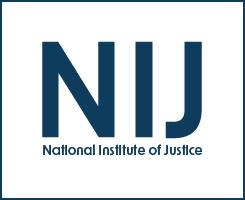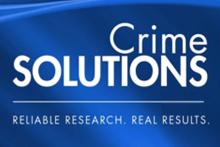Crime costs
The Cost of Crime: The HAVEN Conceptual Framework for Measuring Victim Harms from Violence
Costs of Penetrating Injury
Hallcrest Report II: Private Security Trends (1970 to 2000)
Indicators of the Impacts of Organized Crime
An Evaluation of Crime Victim Compensation in Delaware: Part of a National Study of Victim Compensation Programs
MEASUREMENT OF POLICE OUTPUT - CONCEPTUAL ISSUES AND ALTERNATIVE APPROACHES
PROPERTY CRIME AND ECONOMIC BEHAVIOR - SOME EMPIRICAL RESULTS
Intelligence and the Value of Forensic Science
Tax Policy and Tax Avoidance
In the Crossfire: The Impact of Gun Violence on Public Housing Communities
Prevalence and hospital charges from firearm injuries treated in US emergency departments from 2006 to 2016
Measuring Positive Externalities From Unobservable Victim Precaution: An Empirical Analysis of Lojack
Volunteering To Be Taxed: Business Improvement Districts and the Extra-Governmental Provision of Public Safety
Booker and Beyond Analyzing Sentencing Reform and Exploring New Research Directions
This webinar features a discussion of previously published research on the U.S. Supreme Court’s 2005 Booker decision - which effectively transformed the United States Sentencing Guidelines from a mandatory, to an advisory, system. The presentation will address selected research findings from the last 15 years. Individual participants will briefly review their previous research findings with particular attention paid to the analytic methods used.
See the YouTube Terms of Service and Google Privacy Policy



